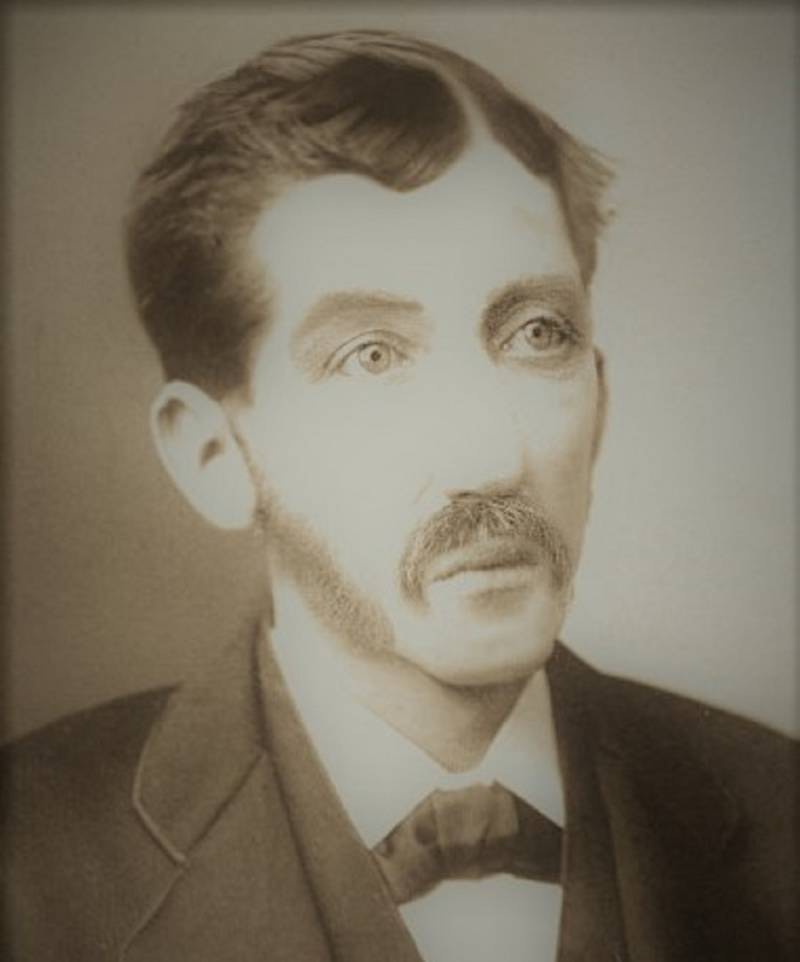
Thomas Cutbush
Thomas Cutbush was first officially named as a Jack the Ripper suspect by The Sun newspaper in Feb 1894. However, investigators at the time had already looked into him as a potential suspect and had ruled him out of the case.
Thomas Cutbush was raised by his mother and aunt in Kennington and was considered to be middle-class. However, in his early 20s, he began to exhibit worrying behaviour, including aggression and violence. Indeed, it was reported that he had pushed his employer down the stairs while working as a canvasser for the Directory. After this, he shied away from employment and instead turned his attention to studying medicine.
By 1888, and the start of the infamous Jack the Ripper killings, Cutbush had started having delusions, which are believed to have been caused by contracting syphilis. As with others connected to the case, this could have easily been caught through being intimate with a prostitute. Cutbush claimed he was being poisoned, and his behaviour became ever more erratic - wandering the streets at night, regularly returning covered in stains, whether mud or blood.
Over the next few years, there were a number of reports made about young women being attacked and stabbed in the back or buttocks by a man with a knife; Cutbush was soon committed to St Saviours Infirmary after reports of threatening his mother and aunt with a knife. He managed to escape and was on the run for over three days.
During this time, he stole clothing, visited his family home and was reported being seen in Camden, excitedly rambling about being Jack the Ripper. During this period, two further women – Isabel Anderson and Grace Florence Johnson – were attacked and stabbed in the buttocks. He aunt found a knife – reported to have blood on it - on his person and hid this, later presenting it to police.
On 9th March 1891, Cutbush was arrested after being found breaking into his home and had some suspicious drawings in his coat, depicting women mutilated and cut open. His trial started on 23rd March and concluded 14th April 1891, where Cutbush was declared insane and moved to the high-security Broadmoor Hospital.
His behaviour became more violent and his delusions worse as time went on; he refused to wash or take visitors; in fact, it is believed the last time his mother visited, he bit her as she tried to kiss him. He later died of kidney disease in 1903.
Although he matched the description of Jack the Ripper according to a number of witnesses, do you believe he was the infamous killer?
You can read the full casebook entry for Thomas Cutbush here.